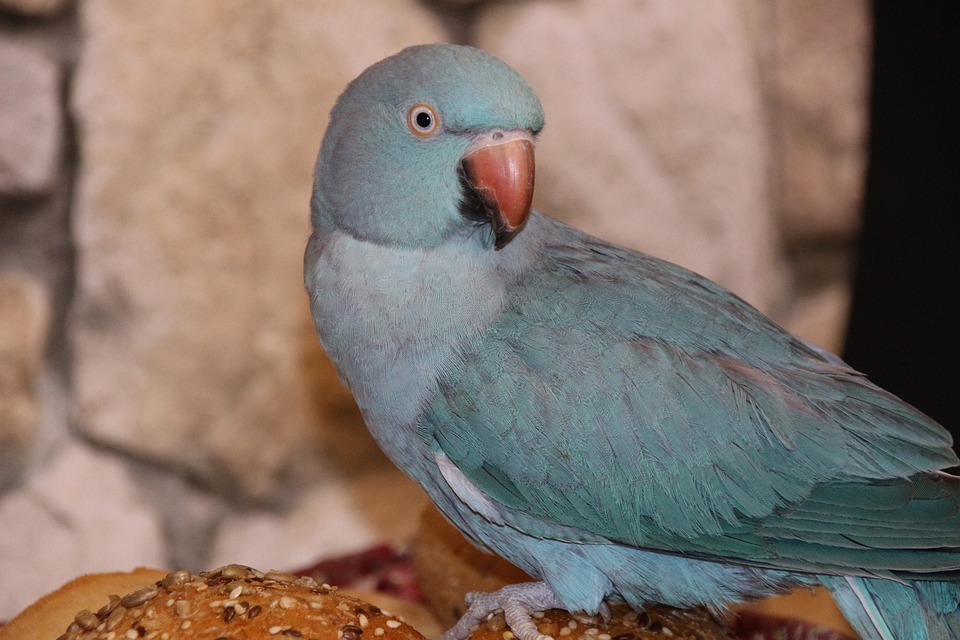Parrots are highly intelligent and social creatures that can be trained to perform various tricks and behaviors. Teaching your parrot to wave or greet on cue is not only entertaining but also a great way to bond with your feathered friend. In this article, we will guide you through the steps of training your parrot to wave and provide some useful tips to make the process successful.
Before diving into teaching your parrot to wave, it’s essential to understand the basics of parrot training. Here are a few key points to keep in mind:
1. Positive Reinforcement: Parrots respond best to positive reinforcement. Use treats, praise, and rewards to encourage desired behaviors.
2. Consistency: Consistency is crucial when training your parrot. Establish a routine and stick to it.
3. Patience: Parrot training requires patience. Every bird learns at its own pace, so be patient and persistent.
4. Short Sessions: Keep training sessions short and frequent. Parrots have short attention spans, so training for 10 to 15 minutes a day is more effective than longer sessions.
Now, let’s move on to teaching your parrot to wave!
Step-by-Step Guide to Teach Your Parrot to Wave
Follow these steps to train your parrot to wave or greet on cue:
Step 1: Choose the Cue
Decide on a specific cue or command you want to associate with the waving behavior, such as the word “wave” or a hand signal. Be consistent with your chosen cue throughout the training process.
Step 2: Find the Right Treats
Identify your parrot’s favorite treats. These can be small-sized seeds, nuts, or fruit pieces. Make sure the treats are easy to handle during training.
Step 3: Target Training
Begin with target training to establish a foundation for teaching the waving behavior. Use a small stick or a chopstick as a target stick. Hold the target stick near your parrot and wait for it to touch or interact with it. Reward your parrot with treats and praise each time it touches the target stick.
Step 4: Introduce the Waving Motion
Hold the target stick slightly above your parrot’s foot, encouraging it to lift its foot to touch the target stick. As soon as your parrot lifts its foot, use your chosen cue (e.g., “wave”) and reward it with a treat. Repeat this step several times until your parrot consistently lifts its foot in response to the cue.
Step 5: Remove the Target Stick
Gradually eliminate the target stick from the equation. Instead, use your hand or an empty cue gesture to prompt your parrot to lift its foot. When your parrot lifts its foot, provide the cue and reward it with treats. Practice this step until your parrot associates the cue with the waving behavior.
Step 6: Reinforce and Generalize the Behavior
Continue practicing the waving behavior in different locations and with various distractions. Reinforce the behavior with treats and praise each time your parrot successfully waves on cue.
Frequently Asked Questions (FAQs)
Q1: How long does it take to teach a parrot to wave?
A: The training duration can vary depending on the individual parrot and the consistency of training. It may take a few weeks to a few months to achieve consistent waving behavior.
Q2: Can any parrot learn to wave?
A: Yes, most parrot species can be trained to wave. However, some parrots may have a natural inclination to mimic certain actions more readily than others.
Q3: What if my parrot doesn’t respond to the training?
A: Parrot training requires patience and persistence. If your parrot doesn’t respond initially, try adjusting your training approach, using higher-value treats, or seeking guidance from an avian behavior specialist.
Q4: Can I teach my parrot multiple tricks simultaneously?
A: It is generally recommended to focus on one trick at a time to prevent confusion. Once your parrot has mastered waving, you can move on to teach other tricks.
Remember, building a strong bond with your parrot is just as important as training. Enjoy the process, have fun, and cherish the special moments with your feathered companion. Happy training!









